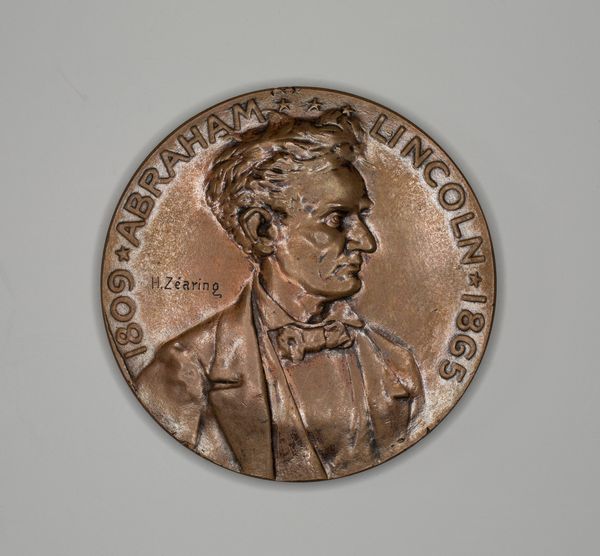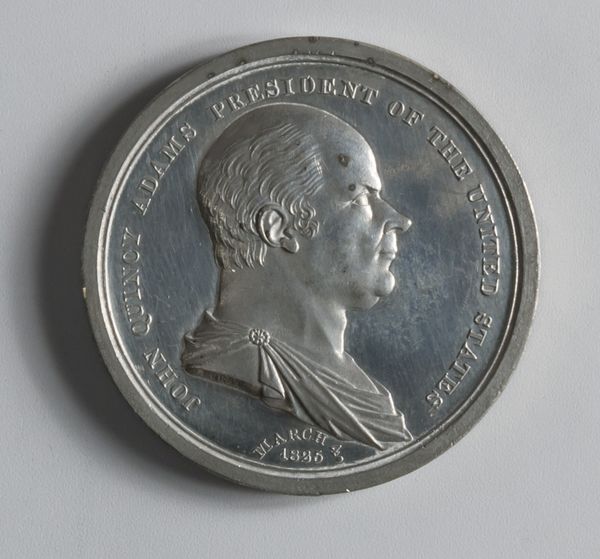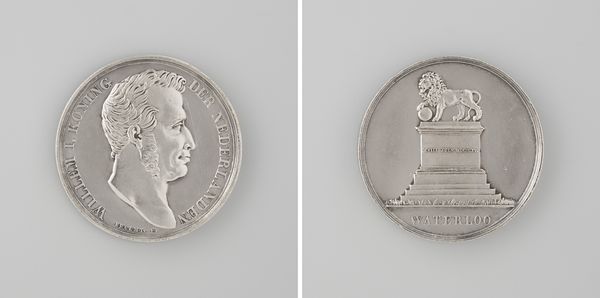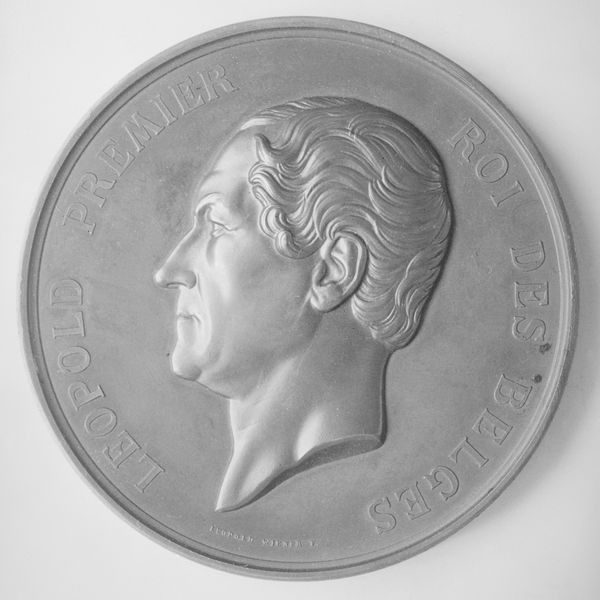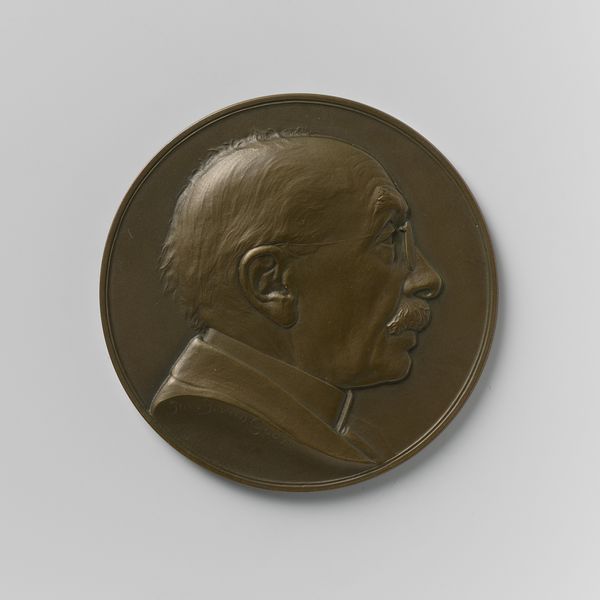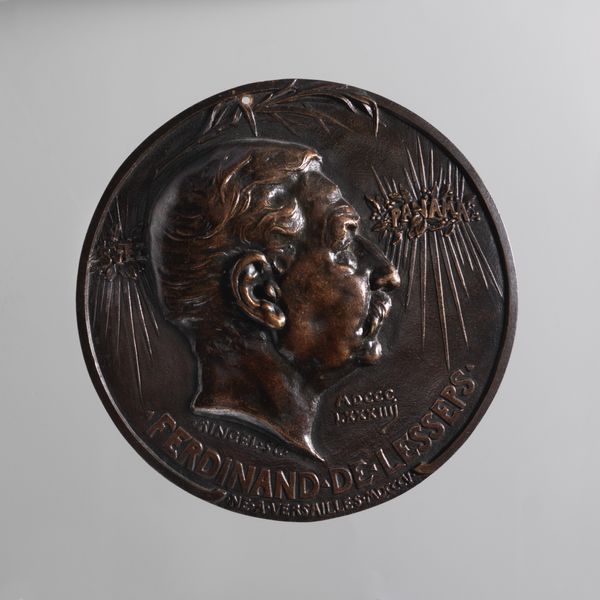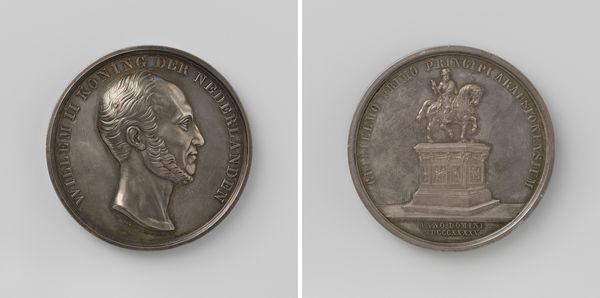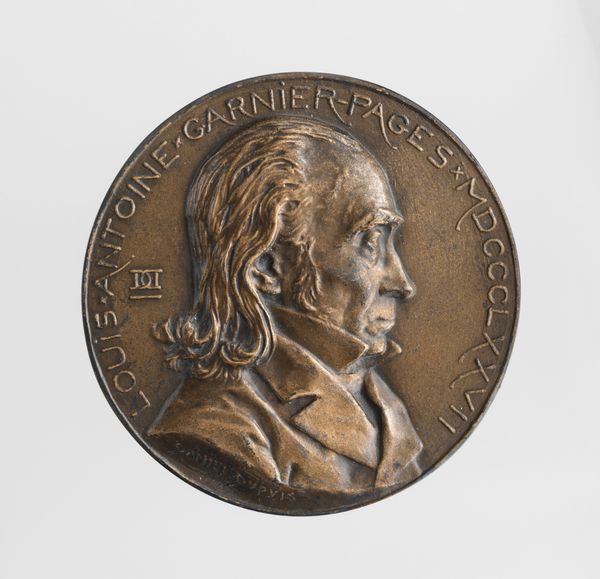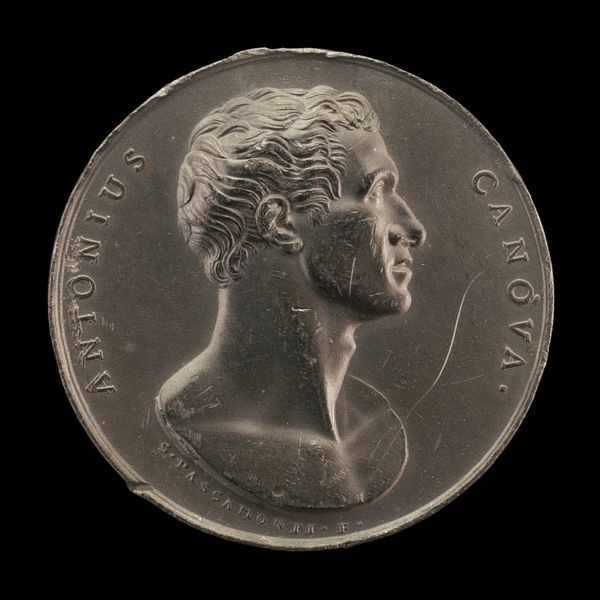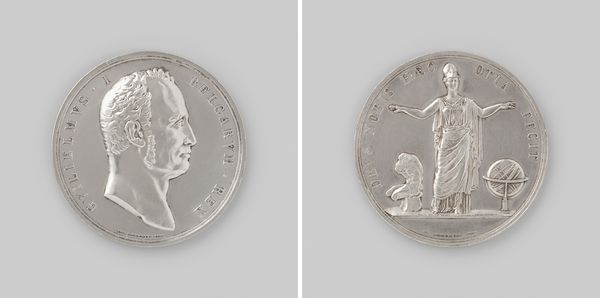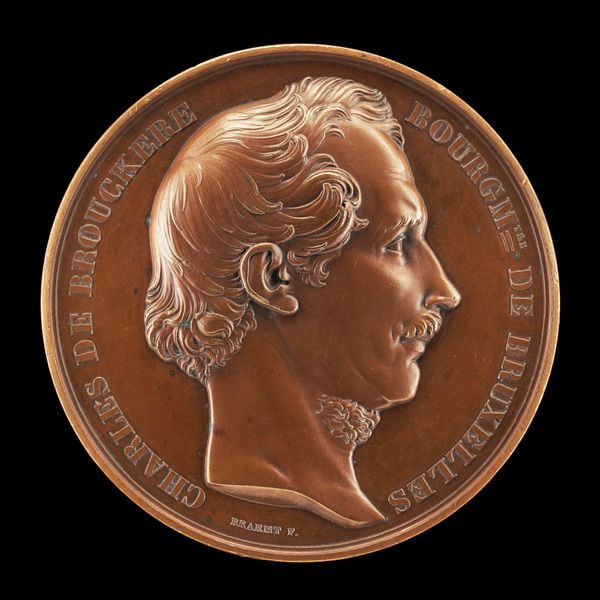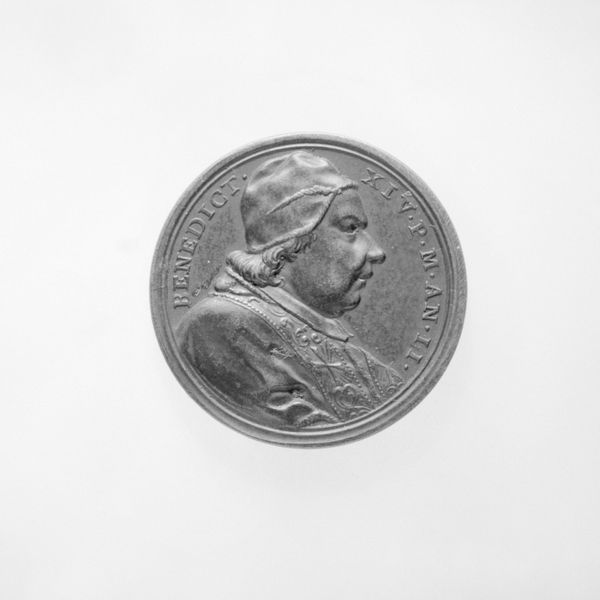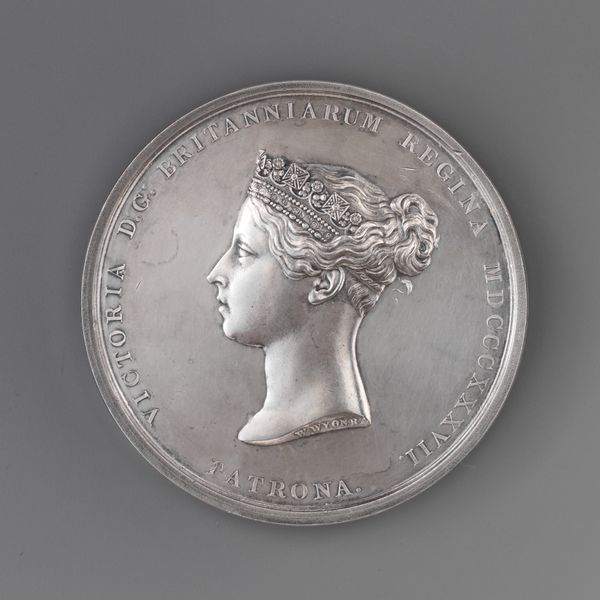
silver, sculpture
#
portrait
#
silver
#
sculpture
#
sculpture
Dimensions: 6.8 cm (2 3/4 in.)
Copyright: Public Domain
Curator: This striking piece is titled "Chief Tja-Yo-Ni", a silver sculpture created by Edward Warren Sawyer in 1904. Editor: There’s an austere beauty to it, don't you think? The coldness of the silver really emphasizes the severity of his expression. What are we to make of its materiality? Curator: Silver was a key element used across indigenous American cultures to symbolize not only status and wealth, but also purity and clarity, so its utilization here is telling of cultural significance that is deeply enmeshed within it, echoing sentiments and traditions that span centuries. This particular depiction suggests the sitter embodies wisdom and, possibly, defiance. Editor: Interesting how the silver itself takes on that burden of representation. You're right, there’s this tension, even contradiction, embedded in using what would’ve been a valuable, potentially appropriated, material to portray the chief. Do you see how the piece operates formally and in reference to, perhaps, the symbolic value that exists around the chief depicted here? Curator: The band that wraps around the Chief's head seems significant. Headbands often represented a warrior’s strength, a leader’s vision, a connection to ancestral lands, acting as physical and spiritual markers of identity. I suspect, then, that we may have lost touch with its meaning, though there may be records indicating its significance to him, particularly within a cultural context undergoing extreme duress from American settler expansion at the time of production. Editor: Right, and it makes me wonder about the labour involved in producing such a piece in 1904. It likely required skilled artisans who had particular connections to these production practices which have a specific relation to capitalist systems and power dynamics, specifically during an era that was increasingly defined by dispossession. To what extent did Sawyer involve indigenous artists in this representation? That information could really shift how we understand its value. Curator: The choice of profile—like an ancient coin or classical bust—adds to the sense of history, invoking cultural memories, but the turn of the head conveys an introspection. Even further, that might speak of a future marked by displacement. What do you get from that kind of depiction? Editor: Well, given all we've touched on—materials, labor, context—I find myself pondering the ethical dimensions of depicting figures and their meanings, particularly in contexts of cultural exploitation. Curator: Ultimately, “Chief Tja-Yo-Ni" challenges our contemporary perspective through its nuanced combination of subject, materials and symbol, acting as an opportunity to look at colonial narratives. Editor: I think what strikes me most is just how it pushes me to critically examine the exchange between cultural symbol and physical object in its own right, making a viewer further confront legacies of artistic material history.
Comments
No comments
Be the first to comment and join the conversation on the ultimate creative platform.
